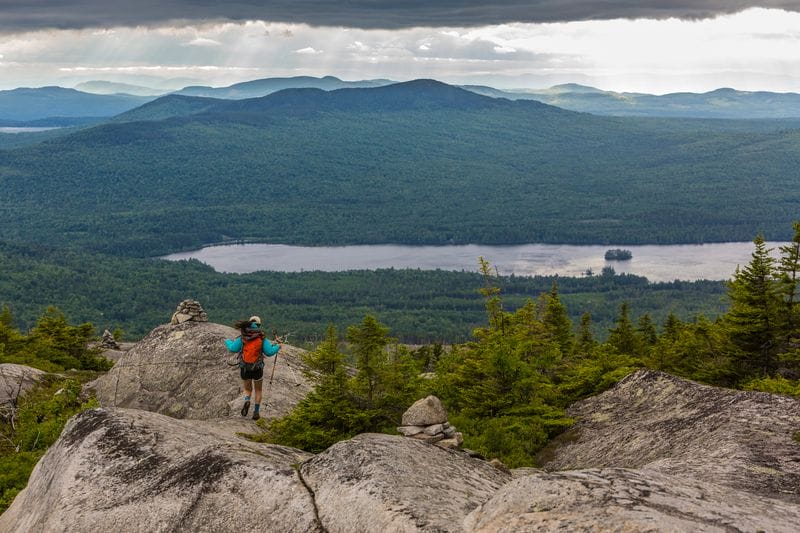
Saving Camp
Saving Camp
If you’re like many Americans, some of your fondest childhood memories happened at summer camp. Unfortunately, traditional camping organizations like YMCA, YWCA, Boy Scouts of America, Camp Fire USA and Girl Scouts of the USA are finding their programs increasingly under threat. Facing financial pressures, declining enrollments, demographic shifts and an inability to modernize facilities and programs, camps that have operated for a half century or more are ending up on the auction block.
It’s a sad trend, because it’s not as if today’s kids are any less in need of a safe natural setting to learn and explore than the generations that came before them. And often a camp may be the last remaining natural area in a rapidly growing suburb, or a key environmental, recreational or historic property within a larger conserved landscape.
Faced with the possibility of losing these special places forever, government officials, concerned citizens, and especially former campers are turning to conservation for solutions.
Conserve to Protect
“One solution is to sell,” says The Trust for Public Land Project Manager Kent Whitehead. “But a better solution, for the camping group, the land and certainly the kids, is to work with a group like The Trust for Public Land to find a conservation solution that can also provide much-needed financing.”
The 143-acre William H. Pouch Camp, in the heart of the protected Staten Island Greenbelt, is a perfect candidate for conservation. When tough times forced the Greater New York Councils of Boy Scouts of America to consider selling Pouch Camp to developers, The Trust for Public Land stepped in to negotiate a conservation easement to save it. Set to be finalized this fall, the easement will protect the site from development and allow continued use by the Boy Scouts.
“We are definitely seeing this more and more,” says Gregory Copeland, an Ohio-based landscape architect who is helping local Girl Scout councils determine the future of their camps. “There isn’t anyone we’ve worked with who wouldn’t see it as a win-win to have a camp preserved as open space rather than development.”
“Conservation is the best solution whenever possible,” says Peg Smith, CEO of the American Camp Association (ACA), the national organization of camp professionals. “The preservation of land is part of our value system,” says Smith. A camp may conserve land to create a buffer from future development, protect campsites for trips, or, in the case of for-profit camps, gain tax benefits.
Conserve to Sustain
Putting a conservation easement on camp land can prevent development and protect the land’s environmental value while providing operational money. In central Minnesota, The Trust for Public Land helped Presbyterian Clearwater Forest—a camp and conference center—secure its future with a conservation easement that prevented development, protected the environment and provided operational money for the camp. The camp retained ownership of the land, which is now open to the public for fishing, wildlife watching and hiking on a two-mile loop built by camp volunteers.
Generations of Minnesotans spent childhood summers at Camp Ojiketa on the shores of Green Lake, a place where one can still see deer, owls, loons, wild turkeys, painted turtles, great blue herons and beautiful sunsets. When its owner, Minnesota Council of Camp Fire USA, considered selling the property to developers, we helped former campers rally and raise funds to purchase and permanently protect the land.
In a similar story, we recently protected Camp Conowingo in Maryland with a conservation easement that protects the property’s forests as well as Conowingo Creek, which flows through camp on its way to the Susquehannah River. The sale of the easement to the Maryland Department of Natural Resources will provide much-needed funds to the Girl Scouts to maintain and improve the Conowingo camp experience.
As they’ve done for generations, today’s youth camps expose thousands of children to outdoor recreation and learning opportunities they couldn’t find at home in cities and towns. At The Trust for Public Land, we recognize the tremendous benefits nature provides to children and we’re committed to preserving the camping experience for all to enjoy.
Despite the importance and popularity of our forests, they face unprecedented threats. Take action now and urge Congress to protect our country’s forests by signing our petition today!


Donate to become a member, and you’ll receive a subscription to Land&People magazine, our biannual publication featuring exclusive, inspiring stories about our work connecting everyone to the outdoors.
See how our supporters are helping us connect people to the outdoors across the country.



